You will never forget the feeling of awe and amazement when you take your first glance at the mystical ruins of Machu Picchu. There is no doubting why this sacred site is Peru`s most spectacular New Wonder of the World. For most people, a trip to Peru is a once in a lifetime experience and for those who haven’t been, it should definitely be on your travel plans as Machu Picchu is truly a breathtaking place teeming with culture, history and spiritual energy. With a private Cultural Immersion tour, you could find yourself exploring through the ancient Incan ruins while being surrounded by Jungle Mountains, misty clouds and friendly llamas. You will never find this type of cultural beauty anywhere else in the world!
It is believed that Machu Picchu was originally constructed around 1450 during the height of the Incan Empire as a Royal Farmstead for Pachacutec Inca Yupanqui who ruled from 1438 to 1471. Scholars suggest that the site served as a small religious and political power center dependent from Cusco. It provided dwelling for the Inca, his extended royal family, high ranked dignitaries and nobility with their families. It also housed anAqllawasiwhich is similar to a monastery for privileged chosen women of beauty and class, Virgins of the Sun. It is believed that Machu Picchu housed approximately 1000 people, 80% being women. There’s no evidence to support that this place was inhabited prior to the Incan civilization.
Machu Picchu
Machu Picchu was constructed using two main parts: farming and urban. The farming sector consists of agricultural terraces, farming quarters and a security watchtower. The urban section is marked by numerous sacred temples, ceremonial and ritual sites, plazas, palaces and living quarters. The site was strategically located for its own protection due to the caliber of people that it housed.
The site was abandoned approximately 100 years after its construction in 1572. The exact reason for its abandonment is unknown; however, some theories suggest that due to the Spanish conquest, the people may have died from a disease such as smallpox or malaria. Another reason is that it may have closed after the death of the sovereign who built and used the city. Or, warriors from the Amazon jungle tribes, the worst enemies of the Incas, waged war in the city forcing its closure. Either way, what is evident is that Machu Picchu was abandoned and lay hidden until the early 20th Century.
After it`s closure, Machu Picchu remained hidden to the International world until 1911 when an American historian, Hiram Bingham, brought this site to the attention of the international community. The site was never discovered by the Spanish conquerors or priests so it was not destroyed unlike other Incan cities. When it was found by Bingham, the ruins were in pristine condition, although heavily overgrown by vegetation. He was not the first to visit the ruins, as local Andean farmers and peasants who lived in the area guided him to the site and other foreign explorers had previously visited, but he was the one who made it known to the outside world.
Bingham and his team studied the area for 5 years and excavated almost every square meter and found ancient tombs, mummies and remains of 173 people, who were buried with belongings including clothing, pottery, food, ornaments etc. He advised that no precious metal was discovered; however, this theory has been refuted by families who lived in this area and discovered some gold and silver prior to Bingham`s arrival. Unfortunately, Bingham and his team had permission to remove everything they found which they subsequently took to the United States. A few relics of pottery, metallurgy, stonework, wooden cups and textiles can be seen in the Peabody museum at Yale University. Very little is found in Peru and no artifacts remain in their place at Machu Picchu.
Today, Machu Picchu no longer remains a hidden secret; however, the spectacular ruins, alone, are awe-inspiring and enough to be definitely worth a cultural exploration. Cultural Immersion provides professional private guided tours of Machu Picchu.You will have your own personal guide who will meet you at your hotel and take you for an informative expedition through the sacred ruins. At this spectacular Incan site, you will learn about the history and visit the truly remarkable temples, including the famous temples of the Sun and the Condor. You will also see the aqueducts and houses, while learning some interesting facts about the Incan Sacred Terraces. Your day at Machu Picchu will be flexible, so you may spend as much time with you private guide as you wish. You will also have plenty of time to explore the site on your own.
For those seeking more adventure, there are some mini-treks within the region away from the main ruins. You can choose to discover the Incan bridge or climb to the Sun Gate or Wayna Picchu for a spectacular view of the ruins, surrounding mountains and valley.
A less strenuous short trek southwest from the main ruins will take you to the Incan Bridge, which was used as a secret entrance to Machu Picchu by the Incan army. You need to reach the Watchman Post, which is located in the farming sector above the agricultural terraces; from this spot follow the trail southwest for 20 minutes. The Incan bridge itself is a narrow winding trail that is carved into the mountain. In the middle of the path there is a 6 meter (20ft) gap that could by covered by tree trunks to allow a crossing, or removed to make it impassable. The path has a steep drop over the edge and may be considered daunting for some; however, it`s definitely worth a visit, even if you don`t make it all the way to the bottom.
For the more adventurous, the famous mountain climb to the summit of Wayna Picchu is a great option for a breathtaking view of Machu Picchu, the surrounding mountains and valley. This trek can be scheduled at either 7am or 10am; however, there is a limit of 400 people, in total, who can climb each day. You can book a ticket in advance with Cultural Immersion to ensure that you don`t miss out. Climbing slowly, it will take approximately one hour to complete. It`s not a technical climb nor dangerous, but it`s not easy or recommended for people with vertigo. It may be quite strenuous for some as it starts at an altitude of 2000m and gets steeper the further up you climb until the route becomes almost vertical, with climbing over large boulders and squeezing through small tunnels. Once you reach the top, you will be at an altitude of 2,667m and overwhelmed by the stunning view.
For a different perspective of the ruins and the surrounding region, a trek to the Sun Gate is a great alternative to Wayna Picchu. It will take approximately 1.5 hours to walk up and 45 minutes to walk down. It`s not as strenuous or daunting as the other treks, and it provides a great view overlooking the entire Machu Picchu ruins with the beautiful Wayna Picchu mountain in the background. It´s also the finishing point of the famous Inca Trail so you may join in with the euphoria of the finishing hikers after their 4 day trek.
To deeply explore the ruins, a trip with Cultural Immersion is a great option as you can go with a private professional guide who is highly informative and fluent in English. Your day at Machu Picchu will be flexible; however, the best time to explore the ruins is in the afternoon after 1pm as there will be less people and you can walk peacefully and really feel the energy of this mystical place. The guides at Cultural Immersion are private so you can spend as much time with them as you like and ask as many questions as you wish. The entire day will be spent at your leisure and your guide is at your mercy!
After your adventure at Machu Picchu, you will deserve to relax in one of the high quality hotels that are offered by Cultural Immersion. Choose from the best hotels in the region; you can even treat yourself by staying next to the sacred ruins in the stunning 5 Star Sanctuary Lodge. The other best hotels are a short distance from Machu Picchu, in Aguas Calientes, the town located at the bottom of the sacred ruins. You will have a choice to stay in the 5 Star Sumaq Hotel on the banks of the Vilcanota River, the colonial 4 Star Inka Terra Machu Picchu Pueblo Hotel, the beautiful 3 Star El Sancutario Hotel and Andina Luxury Hotel as well as the comfortable Presidente Bed & Breakfast that overlooks the Vilcanota River. With these Cultural Immersion hotels, you will have the best sleep in Machu Picchu!





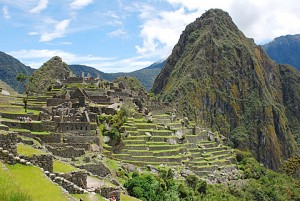
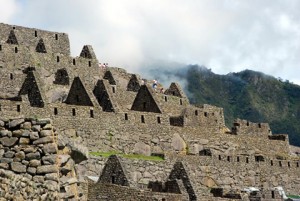
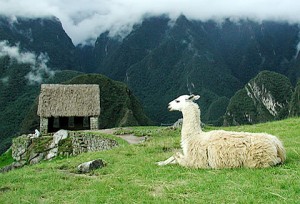
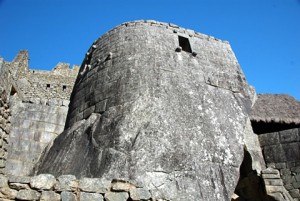
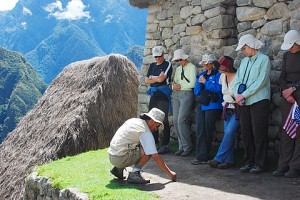
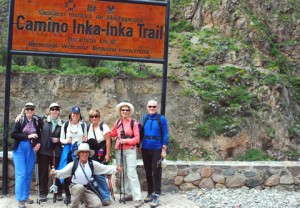
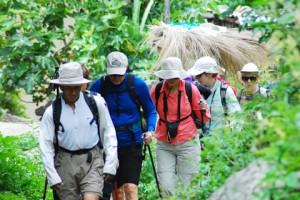
Recent Comments